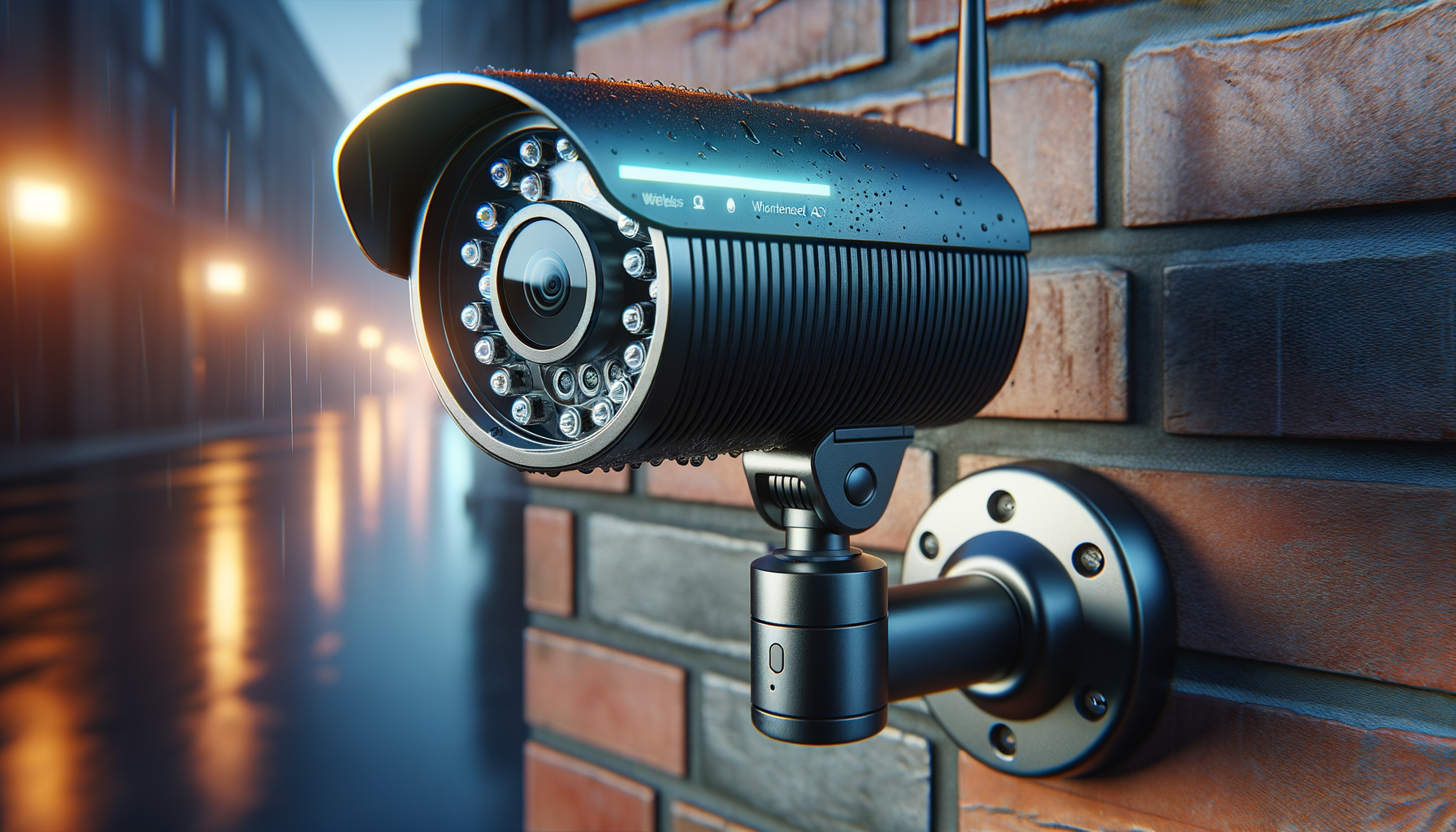The Evolution of Security Cameras
Security cameras have come a long way since their inception. Initially, they were large, cumbersome devices that recorded footage on tapes. Over the years, technological advancements have transformed these devices into sleek, efficient, and highly sophisticated tools. The evolution of security cameras can be broken down into several key phases:
- Analog Cameras: These were the first type of security cameras, using VHS tapes to record footage. They were limited by low resolution and the need for physical storage space.
- Digital Cameras: The introduction of digital cameras brought higher resolution and the ability to store footage on hard drives or cloud services, making them more convenient and effective.
- IP Cameras: Internet Protocol (IP) cameras marked a significant leap, allowing remote access and management through the internet, enhancing flexibility and control.
- AI-Powered Cameras: Today, AI integration has revolutionized security cameras, enabling features like facial recognition, motion detection, and smart alerts.
These advancements have not only improved the quality and reliability of security cameras but have also made them more accessible to a wider audience. As technology continues to evolve, the future promises even more innovative features that will further enhance security and surveillance capabilities.
Types of Surveillance Cameras
When considering security solutions, it’s essential to understand the different types of surveillance cameras available. Each type offers unique features and benefits, catering to various needs and environments.
- Dome Cameras: Known for their discreet design, dome cameras are typically used indoors. Their shape makes it difficult for onlookers to determine the camera’s direction, adding an element of unpredictability.
- Bullet Cameras: These are long and cylindrical, ideal for outdoor use. They offer long-range visibility and are often used in open areas like parking lots and backyards.
- PTZ Cameras: Pan-tilt-zoom (PTZ) cameras provide flexibility with their ability to rotate and zoom, making them suitable for large areas requiring comprehensive coverage.
- Wireless Cameras: As the name suggests, these cameras operate without cables, offering easy installation and the flexibility to relocate as needed.
- Smart Cameras: Equipped with AI technology, smart cameras offer advanced features such as motion detection, facial recognition, and integration with smart home systems.
Understanding these types can help in selecting the right camera for specific security needs, ensuring optimal protection and peace of mind.
Benefits of AI-Powered Security Cameras
AI-powered security cameras have become increasingly popular due to the numerous advantages they offer. By integrating artificial intelligence, these cameras provide enhanced features that traditional cameras cannot match.
- Facial Recognition: AI technology enables cameras to recognize faces, allowing for more accurate identification and tracking of individuals.
- Smart Alerts: These cameras can send notifications to your smartphone when they detect unusual activity, enabling prompt responses to potential threats.
- Behavior Analysis: AI can analyze behavior patterns, identifying suspicious activities and reducing false alarms.
- Integration with Smart Home Systems: AI cameras can seamlessly integrate with other smart devices, providing a comprehensive security solution.
These features not only improve security but also enhance convenience, making AI-powered cameras a valuable addition to any security system. As AI technology continues to advance, the capabilities of these cameras are likely to expand, offering even greater protection and efficiency.
Considerations for Choosing Security Cameras
Selecting the right security camera requires careful consideration of several factors. Understanding these factors can help make an informed decision that aligns with specific security needs and budget constraints.
- Resolution: Higher resolution cameras provide clearer images, which are crucial for identifying details like faces and license plates.
- Field of View: The camera’s field of view determines how much area it can cover. Wide-angle lenses can cover more ground, reducing the number of cameras needed.
- Night Vision: For 24/7 surveillance, cameras with infrared or low-light capabilities are essential for capturing clear footage in the dark.
- Storage Options: Consider whether the camera supports local storage, cloud storage, or both, as this affects data accessibility and security.
- Weather Resistance: Outdoor cameras should be weatherproof to withstand various environmental conditions.
By evaluating these factors, individuals and businesses can select cameras that provide effective surveillance while meeting their specific requirements.
The Future of Security and Surveillance Cameras
The future of security and surveillance cameras is poised to be exciting, with continuous advancements in technology shaping new possibilities. Emerging trends indicate that cameras will become even more intelligent, efficient, and user-friendly.
- Enhanced AI Capabilities: Future cameras are expected to have even more sophisticated AI, capable of predicting and preventing security threats before they occur.
- Integration with IoT Devices: As the Internet of Things (IoT) expands, security cameras will increasingly integrate with other smart devices, creating a cohesive security ecosystem.
- Improved Data Security: With growing concerns about privacy, future cameras will likely offer advanced encryption and security features to protect footage from unauthorized access.
- Eco-Friendly Solutions: As sustainability becomes a priority, energy-efficient cameras powered by renewable energy sources are expected to become more common.
These advancements will not only enhance security but also provide users with more control and flexibility, ensuring that security systems continue to evolve to meet the demands of modern life.




Leave a Reply